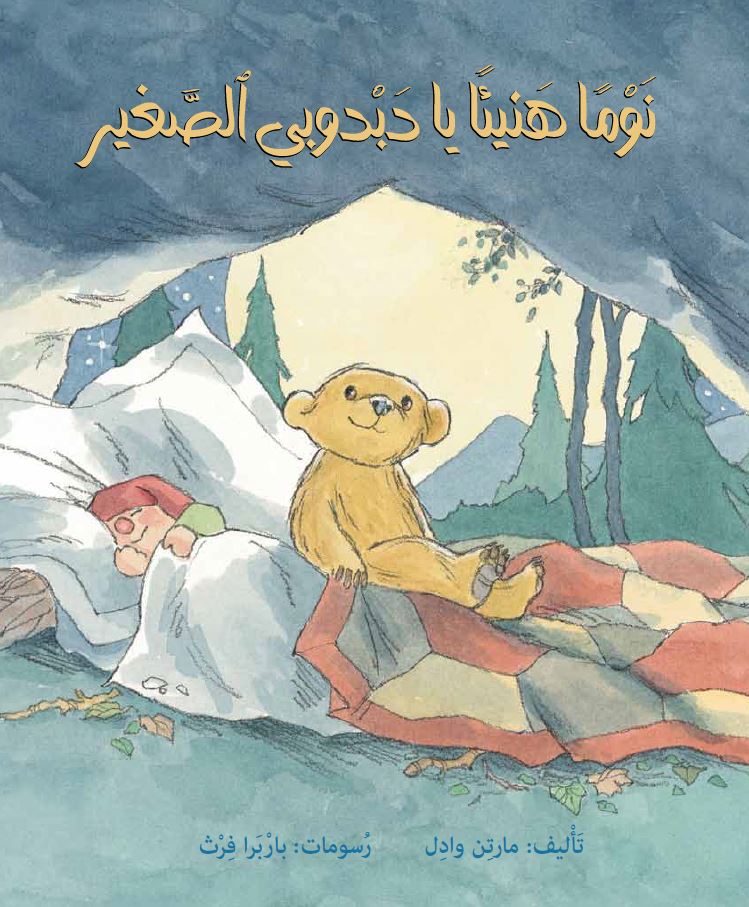
The little bear finds a little cave to play in, and when night falls, he wants to sleep in it, but he is preoccupied by what the big bear feels when he is left alone. This is a story about the child’s need and desire for independence, accompanied with the sensitivity of expressing the parents’ feelings as they watch their child grow.



